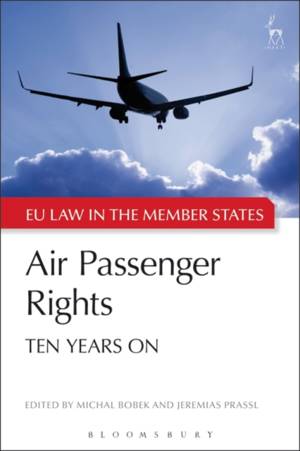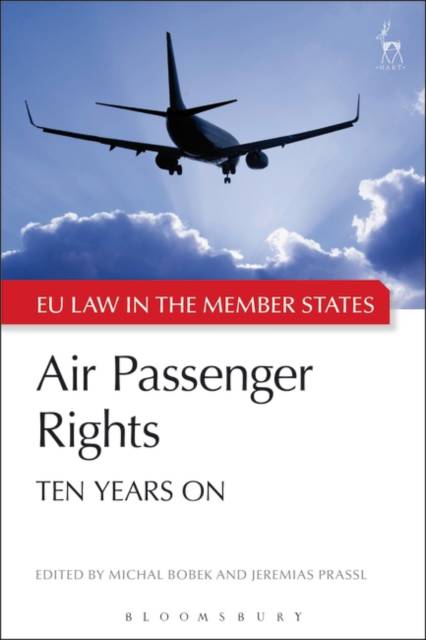
- Afhalen na 1 uur in een winkel met voorraad
- Gratis thuislevering in België vanaf € 30
- Ruim aanbod met 7 miljoen producten
- Afhalen na 1 uur in een winkel met voorraad
- Gratis thuislevering in België vanaf € 30
- Ruim aanbod met 7 miljoen producten
Zoeken
€ 89,95
+ 179 punten
Omschrijving
Regulation 261/2004 on Air Passengers' Rights has been amongst the most high-profile pieces of EU secondary legislation of the past years, generating controversial judgments of the Court of Justice, from C-344/04 ex parte IATA to C-402/07 Sturgeon. The Regulation has led to equally challenging decisions across the Member States, ranging from judicial enthusiasm for passenger rights to domestic courts holding that a Regulation could not be relied upon by an individual claimant or even threatening outright to refuse to apply its provisions. The economic stakes are significant for passengers and airlines alike, and despite the European Commission's recent publication of reform proposals, controversies appear far from settled.
At the same time the Regulation should, according to the Treaty, have uniform, direct and general application in all the Member States of the Union. How, then, can this diversity be explained? What implications do the diverging national interpretations have for the EU's regulatory strategy at large? This book brings together leading experts in the field to present a series of case studies from 15 different Member States as well as the extra-territorial application of Regulation 261, combined with high-level analysis from the perspectives of Aviation law and EU law.
At the same time the Regulation should, according to the Treaty, have uniform, direct and general application in all the Member States of the Union. How, then, can this diversity be explained? What implications do the diverging national interpretations have for the EU's regulatory strategy at large? This book brings together leading experts in the field to present a series of case studies from 15 different Member States as well as the extra-territorial application of Regulation 261, combined with high-level analysis from the perspectives of Aviation law and EU law.
Specificaties
Betrokkenen
- Uitgeverij:
Inhoud
- Aantal bladzijden:
- 400
- Taal:
- Engels
- Reeks:
- Reeksnummer:
- nr. 3
Eigenschappen
- Productcode (EAN):
- 9781509921188
- Verschijningsdatum:
- 26/04/2018
- Uitvoering:
- Paperback
- Formaat:
- Trade paperback (VS)
- Afmetingen:
- 156 mm x 234 mm
- Gewicht:
- 553 g

Alleen bij Standaard Boekhandel
+ 179 punten op je klantenkaart van Standaard Boekhandel
Beoordelingen
We publiceren alleen reviews die voldoen aan de voorwaarden voor reviews. Bekijk onze voorwaarden voor reviews.










